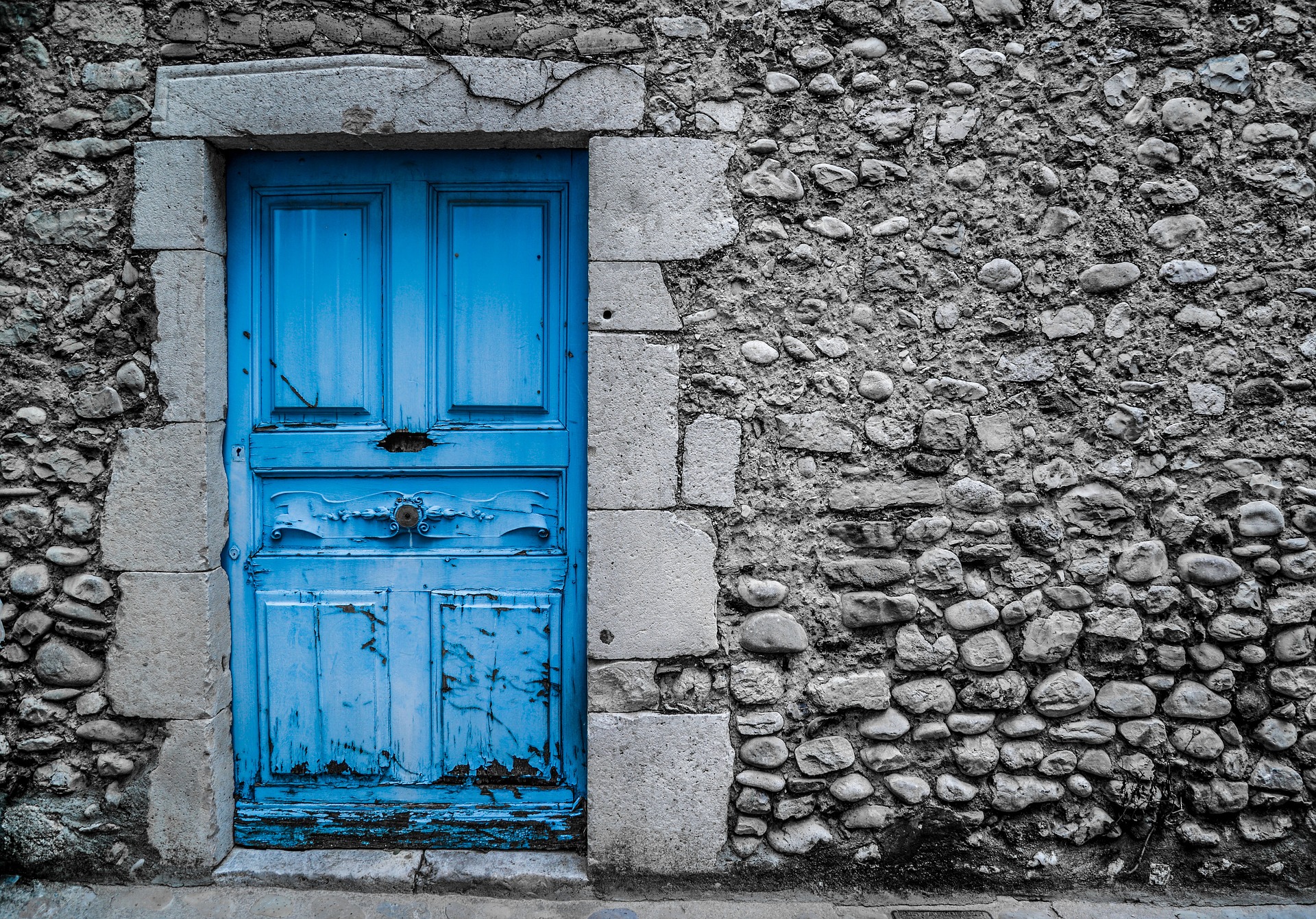It may reek of new age sentimentality, but the ability of talisman to traverse the worlds is really effective. Using a talisman as a dream tool is an efficient strategy because the dreamworld is precisely where magical thinking works. It’s the dominant logic, creating an increased fusion between subject/object that is rarely seen in the waking world.
These objects hold the space, even for those of us whose default worldview is a skeptical scientific materialism. The night demands a different kind of logic, an older cognitive strategy that is not so much superstitious as it is appropriate to the task at hand: feeling safe, relaxed and inspired so we can dance with the Imaginal.
History provides a helpful analogy.
For centuries in Europe and the British Isles, magical objects have been placed in the threshold spaces of homes: above lintels in door frames, under window sills, and concealed inside chimneys and smoke holes. Common examples include horseshoes, children’s shoes, sacred words, and iron crosses. Sometimes these objects are hidden; other times they remain in plain sight.
This practice is nearly universal because thresholds, those spaces between places, have their own magic. Paradoxically, openings into the home provide the ability to move freely and welcome guests, heat our dwellings, and let in the fresh air. At the same time, they open the home to unwanted guests, foul smells and harsh elements.

Here’s an example of these practices hidden in plain sight: Christmas decorations. Wreaths of pine and spruce are evergreen amulets that protect doorways from bringing in disease, while garlands tied with red cloth have been used to ward off evil spirits for centuries.
Even caroling has an ancient ritual history that began with people blessing apple orchards to keep them free of malicious spirits for the next year’s harvest. These are all ancient objects and rituals used in liminal spaces to combat the uncertain terrors of the night.
However, no amulets of protection are placed by the chimney on Christmas Eve. Because all of the other openings of the house are guarded, all of spiritual potentials of the dark night are funneled and focused into this sooty opening.
Come on in, Santy-Claws.
What’s more, the old European use of children’s shoes as witchtraps is subverted as the children are told that the stockings, hung by the chimney with care, will be filled with gifts.
And like the woods people of Northern Europe have been doing since time immemorial, an offering of food is left at the table. In this way, modern Christmas decorations are part of ancient focused practice of inviting a very specific demigod into the home.

Anthropologist C. Auge Riley—an expert on the archaeology of belief—suggests that threshold openings like doorways, windows and chimneys have a secret dimension beyond height and width: liminality. Supernatural forces arrive and congregate here in these spaces between, existing in a “temporal and spatial sector separate from mundane reality.”
As Riley suggests, liminal zones are precisely where magical objects are most effective.
In this light, lucid dreaming is another kind of threshold, a liminal zone where the conscious and the unconscious mind meet. The dream is a magical place where spirits congregate and all sorts of characters visit with us in the intimacy of the night.
 Suffice to say that dream amulets have been popular for ages. I’m not necessarily saying that these objects are inherently magical. You cannot prove or disprove this line of reasoning in the waking world.
Suffice to say that dream amulets have been popular for ages. I’m not necessarily saying that these objects are inherently magical. You cannot prove or disprove this line of reasoning in the waking world.
Rather, I’m saying that amulets are effective when applied in altered states of consciousness, probably because we are neurologically primed to recognize objects with liminal properties.
As chaos magician Peter Carroll says, “Beliefs are not seen as ends in themselves, but as tools for creating desired effects.”
This article is based on a book excerpt from Lucid Talisman: Forgotten Lore. Available exclusively at LucidTalisman.com
Fantastic Ryan.
“….creating an increased fusion between subject/object that is rarely seen in the waking world….”
Height and width = space, so I suspect you other writings lean in on duration = time.
You have really opened up— the wings of what you say seem to have amplified the intrigue of dream flight.
What is it that knows (or is aware) of our experience? As we know ourselves more clearly our fears and wants subside in the world of subject/object; the sense of separation no longer exists. We are that (with fingers crossed! And behind the hanging rugs).
Muchas Gracias,
Tomas Gregory